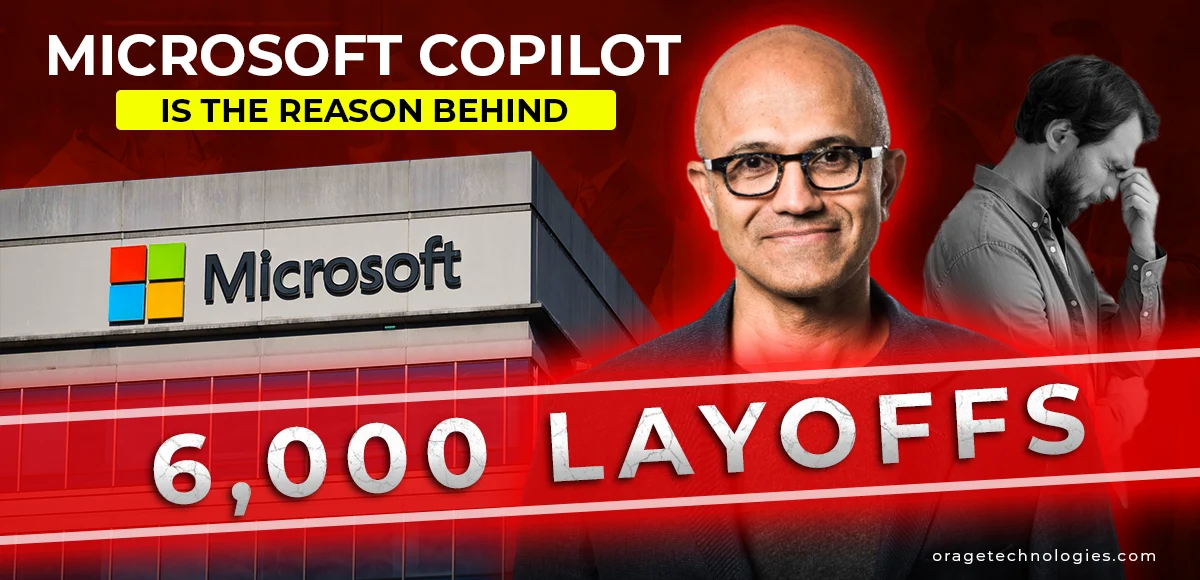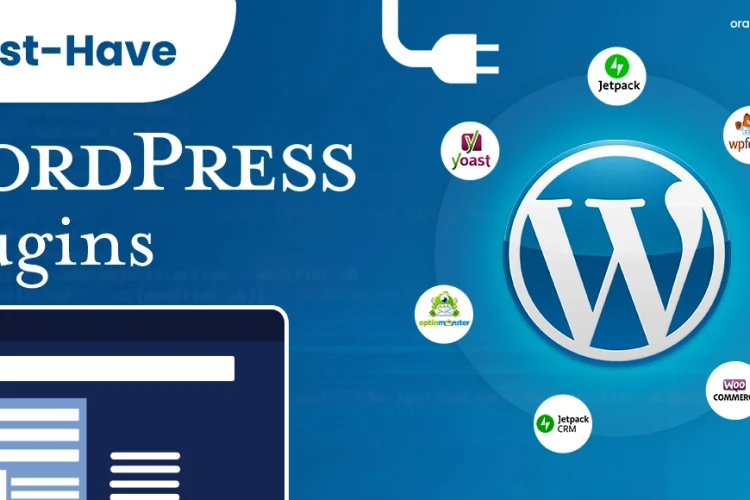
Divya Stuti, with over 5 years of experience in Digital Marketing & Content Writing, has a knack for turning complex Marketing strategies, trends, and jargon...
The leading AI company, Microsoft, has claimed to generate a minimum of $13 billion annually through its Microsoft Copilot AI project. Behind the curtains of these technological advances, the global layoff curve is steep and is exponentially growing. Satya Nadella, the CEO of Microsoft, addressed its employees in the town hall, stating that the recent layoff of 6000 employees, constituting 3% of its workforce, was related to “reorganization rather than performance.”
Does this mean AI is really taking jobs, and engineers are no exception? Let’s look at the back of the story.
Can AI Take Over Engineers’ Jobs?
The company’s focus on Copilot AI across the customer workforce has been at the center of talk of the town hall. There have been whispers in the market that Microsoft is on its mission to sell AI tools, and Bloomberg has confirmed an AI deal between Barclays and other companies. Barclays has confirmed plans to buy 100,000 licenses for Microsoft Copilot AI.
Moreover, industry giants such as Accenture, Toyota, Volkswagen, and Siemens are already using Copilot with over 100,000 users. Though the anecdotes have been all over, the real figures of sales forecast and finances are missing.
He explained the large-scale layoffs that have happened recently and the layoffs that are going to happen shortly stating- “This was not about people failing. It was about repositioning for what comes next.” He added that the future is all ready for artificial intelligence.
This is not the first time Microsoft has hinted that AI is the Future. Last month, the chief communication officer of Microsoft, Frank X Shaw, mentioned, “We have entered the era of AI agents” This is no surprise that AI is making technologies more capable and efficient and allowing humans to solve problems in ways that were never thought of before.
Microsoft’s Surging Momentum in the AI Space
Nadella took the opportunity to introduce some of its enterprise clients in the AI space during the same town hall meeting. The Chief Commercial Officer, Judson Althoff, spoke out loud about some of the big names, such as Barclays, Accenture, Siemens, Toyota, and Volkswagen, who are investing in Copilot AI.
Barclays has signed on for more than 1,00,00 Microsoft Copilot AI licenses. Not being left behind, others in the list claim to have over 1,00,000 Copilot users. Though they may look very small- Just $30 per month, per user; the scale of contracts clearly calculates to Millions of dollars annually. This is a crystal clear indication that Copilot is in the spotlight of Microsoft’s long-term vision.
Additionally, Nadella stressed the fact that “Adoption is key”. Just buying won’t be enough for these tech giants, they have to completely integrate Copilot AI into their day-to-day workflows to reach the heights of efficiency and potential.
And this huge investment in artificial intelligence is a clear knock at near layoffs that are hanging on the doors of Barclays, Accenture, Toyota, etc. If they succeed in leveraging Microsoft Copilot AI to the full extent, there will be trims and cuts in the workforce for agility.
The Bottom Line:
These strategic shifts among the global tech giants are a testimonial to the changing dynamics of work. Microsoft is not the only company to lay off at this grand scale, IBM, another US tech company, has also announced a large-scale layoff in the month of May. Still, it is not all about gloom and doom! In this new era of AI, people should start preparing themselves for what’s coming next.

Divya Stuti, with over 5 years of experience in Digital Marketing & Content Writing, has a knack for turning complex Marketing strategies, trends, and jargon into interesting and easy to digest blog posts. Whether she’s breaking down the SEO, Social Media or decoding campaigns, Divya knows how to make marketing feel exciting and easy to understand. Armed with a sharp eye for strategy and a storyteller’s instinct, she writes with clarity, creativity, and just the right dose of wit.
More Posts

